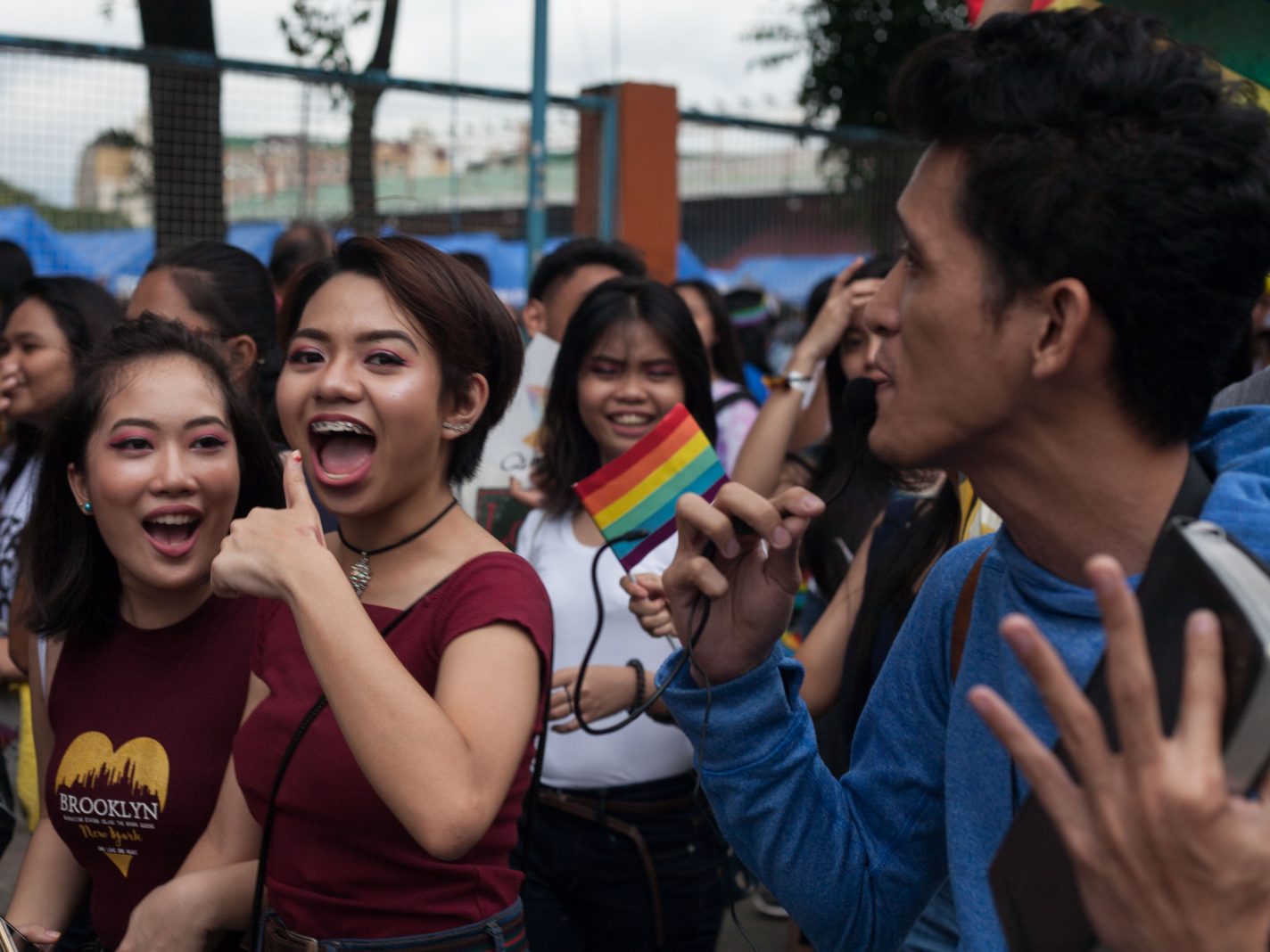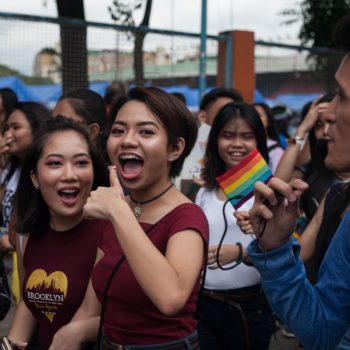September 15 marks the start of Hispanic Heritage Month. For a few weeks out of the year, everyone (and every brand) is trying to grab a piece of the Latino pie (some even refer to it as Hispandering Heritage Month.) There will be lots of folkloric dresses and dancing, lots of mariachis and sombreros, lots of taco and Margarita drink specials — you know cuz all Latinos are basically Mexican.
This year, we wanted to do something different: to celebrate the faces, stories, and histories that rarely get put in the spotlight. Let’s honor all people that have Hispanic heritage not just the obvious ones. One of the largest groups that gets ignored are our Filipino brothers and sisters. As a colony of Spain for just as many years as Mexico, the Philippine Islands have just as much Hispanic cultural influences as any other Latin American country. From history, to language, to food, Filipinos are much closer to Latinos than you might realize. So here, we break it down for you: 10 reasons why Latinos and Filipinos are primos.
Keep an eye out for even more Filipino content here throughout the month.
1
Colonial History
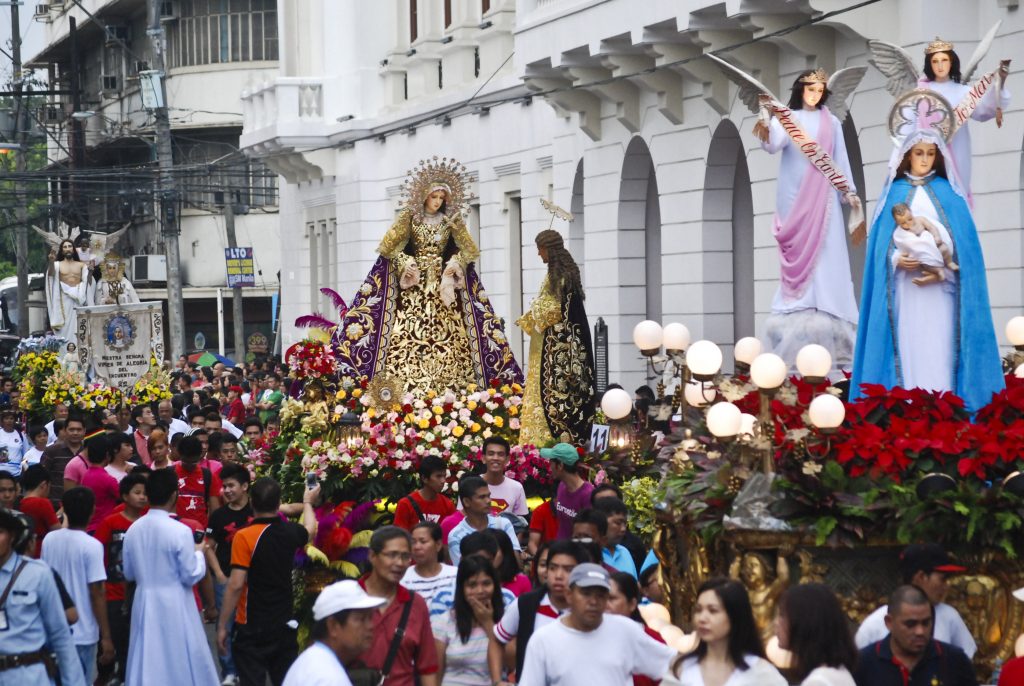
The Philippines was a Spanish colony for 333 years (1565–1898). That’s longer than Mexico! Plus, the name of the Philippines comes from the king of Spain, Philip II. The Spanish explorer Ruy López de Villalobos named the islands “Las Islas Felipinas” (The Philippine Islands) after the king, Felipe II de Habsburgo.
2
Language
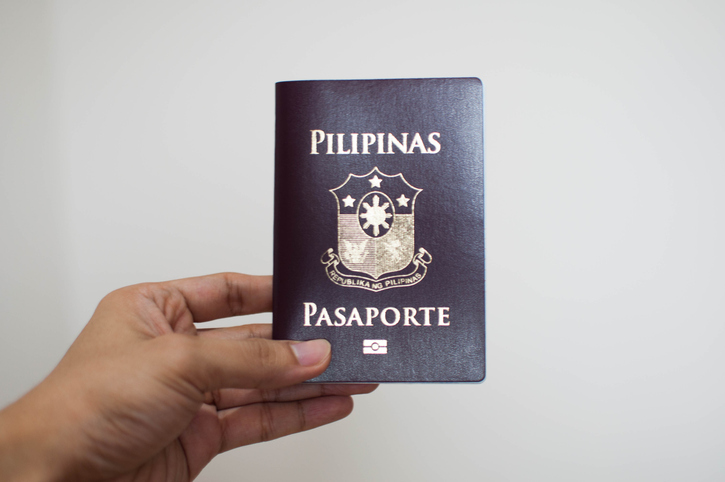
Throughout the colonial period Spanish was the official language of government, education, and trade. Spanish words and their derivatives have made their way into the islands’ native language, Tagalog. Here are some examples:
Even some swear words have carried over, like putang for puta.
Since Spain was so far away from the islands, they were mostly governed as a territory of New Spain (Mexico). As a result, Filipino Spanish also contains many Mexican Spanish words of Nahuatl (or Aztec) origin that did not exist in European Spanish. Words like: bayabas (from guayaba), abokado (avocado), papaya, sayote (chayote), and zapote (sapote).
3
Food
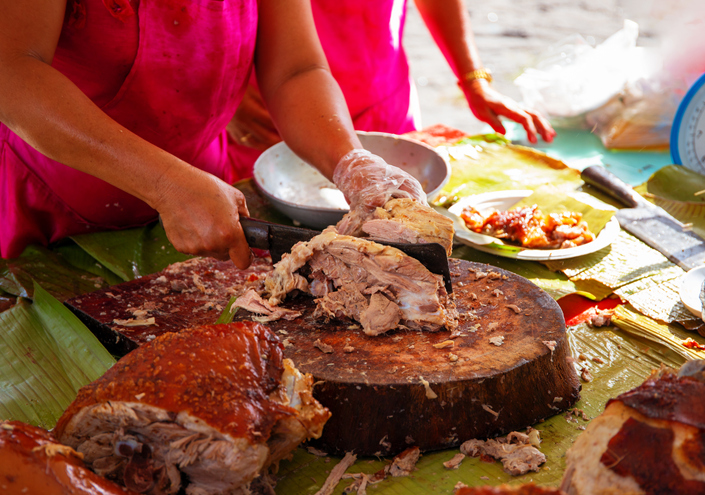
We have lots of food in common: flan, lechón, chicharrón, tamales, and adobo.
4
Sports
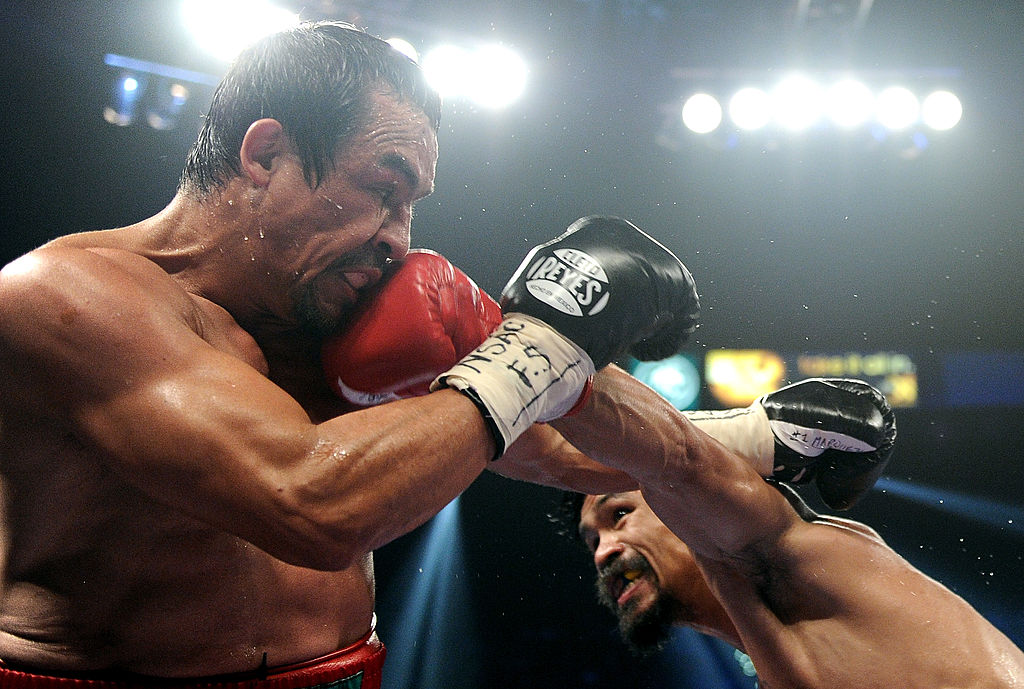
We’re both really good at boxing (see Manny Pacquiao and others.)
5
Punctuality
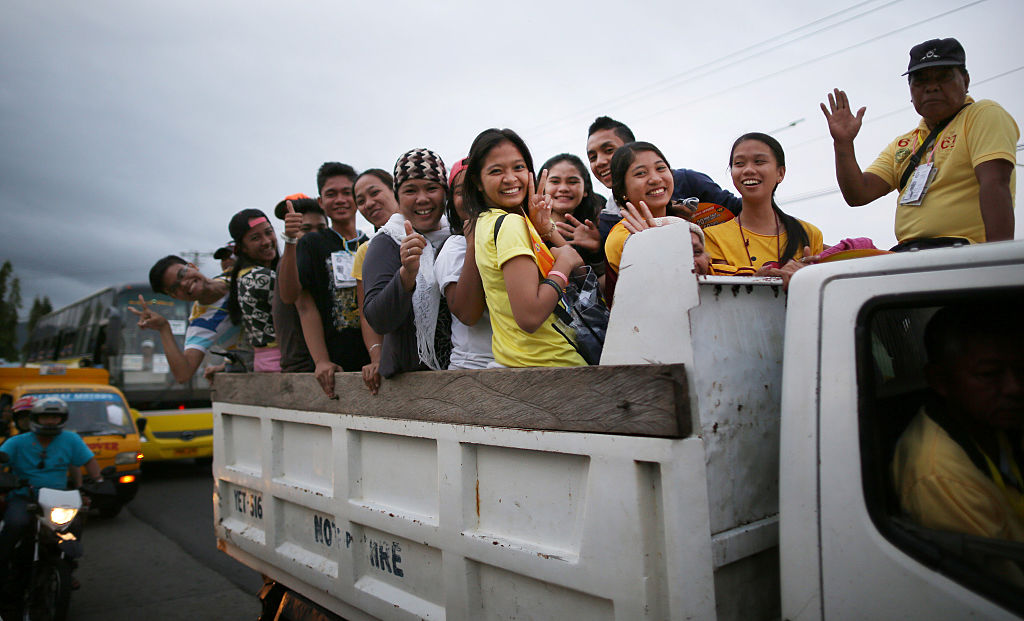
Filipino time is just like Latino time, always running late.
6
Religion
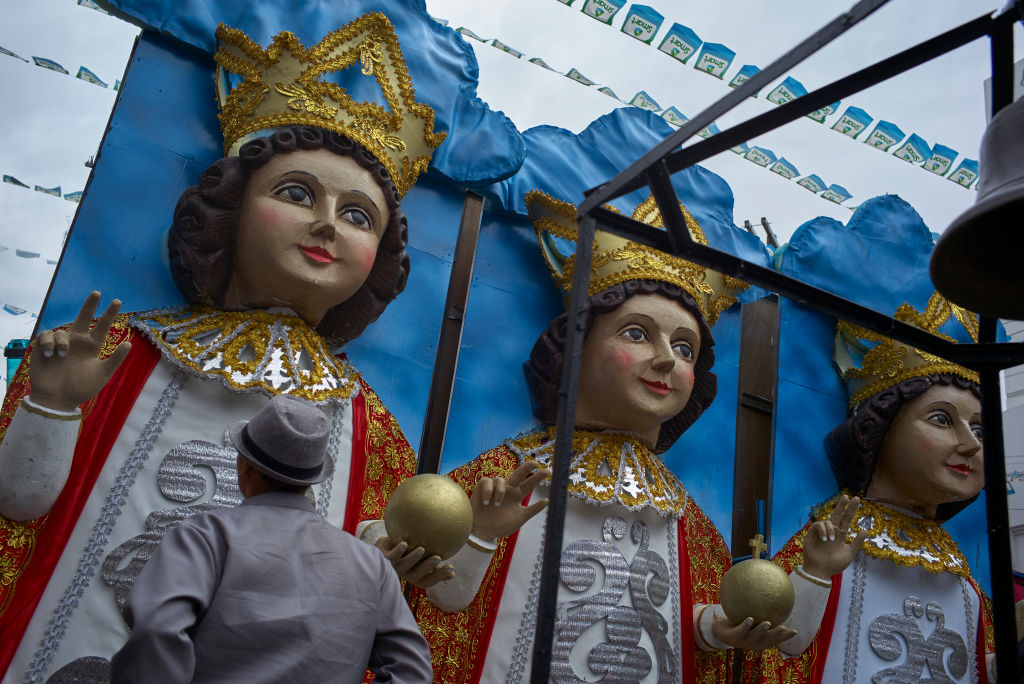
Just like most countries in Latin America, the vast majority of the Filipino population is Catholic (about 90%). And like all good Catholics, Filipinos and Latinos really love baby Jesus. The Santo Niño de Cebú is especially venerated by Filipino Catholics.
7
Last Names
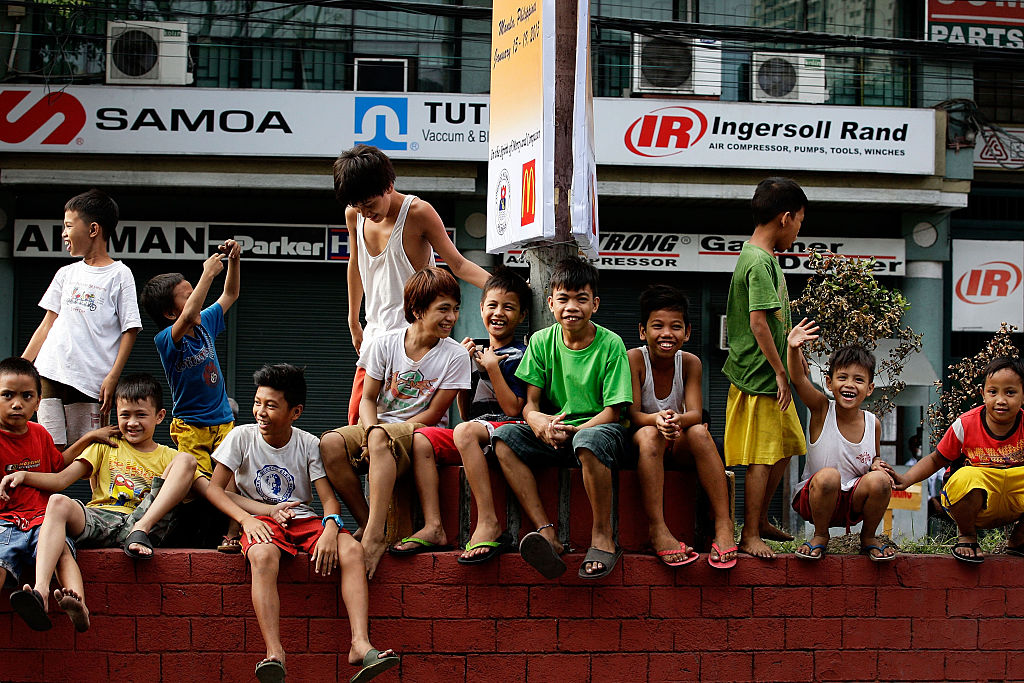
The most common last names in the Philippines are all Spanish: Santos, Reyes, Cruz, Garcia, Mendoza, Torres, Vargas, Castro, etc.
8
Immigration
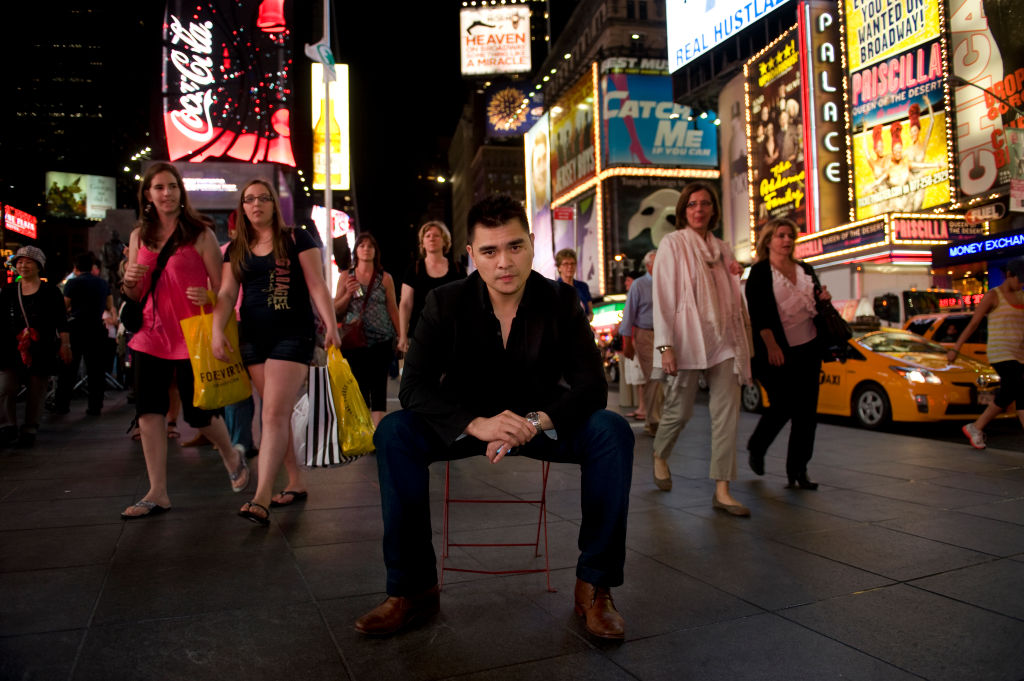
Just like for Latinos, it can often be difficult for Filipinos to get a visa to come to the United States. The Pulitzer Prize-winning journalist, Jose Antonio Vargas, recently outed himself as having been undocumented for more than twenty years. He made a film about his “coming out” that recently aired on CNN, Documented: a Film by an Undocumented American.
9
Farm Workers' Struggle
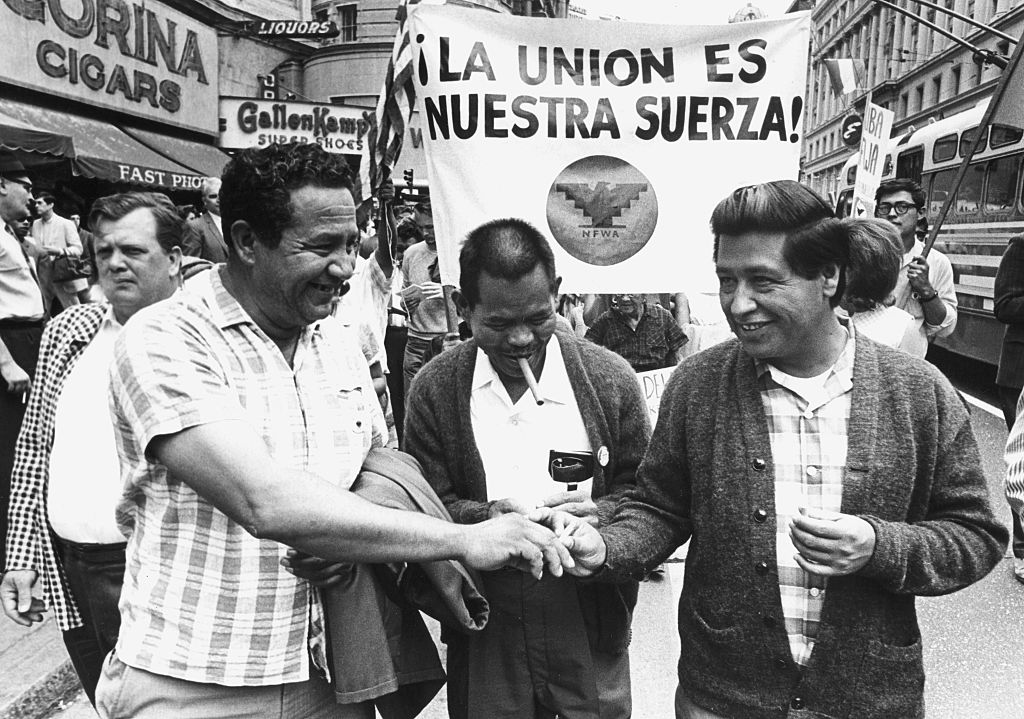
The Filipino contribution to the farm workers’ fight for fair labor conditions in the sixties is often overlooked. Filipino farm workers initiated a grape boycott that led to the creation of the United Farm Workers union (UFW). Filipino activist Larry Itliong is one of the co-founders of the UFW along with Cesar Chavez and Dolores Huerta.
10
Familia
Latinos and Filipinos love to get together with their huge families and eat lots of food. You gotta invite all your cousins, your titos and titas (tíos and tías) and of course, your lolo and lola (abuelo and abuela).
But…
There is one big thing in which we differ. In the Philippines, puto is a delicious rice cake.



